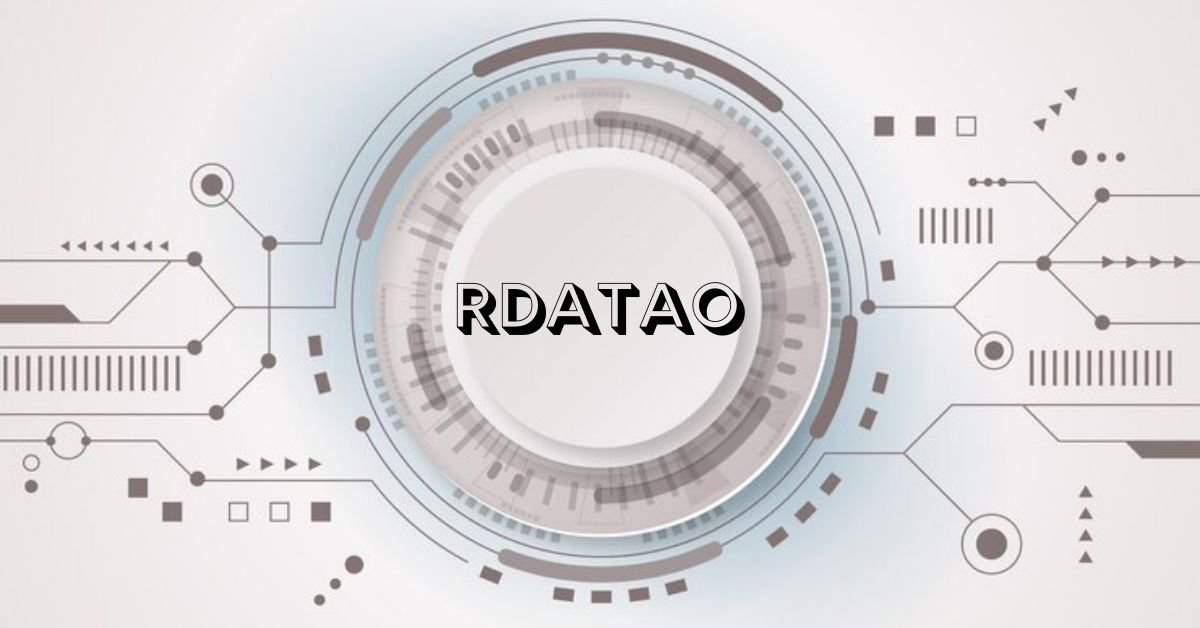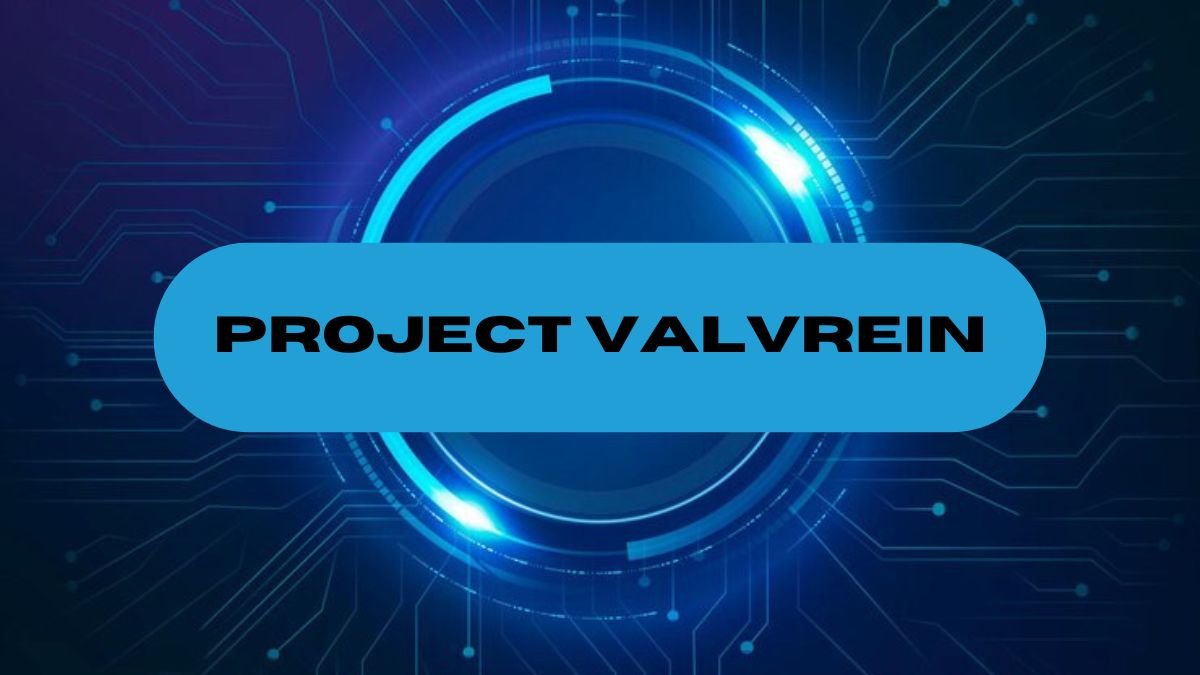Data optimization is crucial in today’s digital age, where businesses and organizations rely heavily on efficient data handling to drive decisions and innovations. One of the key technologies shaping this landscape is rdatao, which stands for “real-time data optimization.” This article explores what rdatao entails, its applications across various industries, and the benefits it offers.
In the realm of data management, rdatao plays a pivotal role in ensuring that organizations can leverage their data effectively and efficiently. It involves real-time processing and optimization techniques that enhance the speed, accuracy, and reliability of data-driven insights.
History and Evolution
The concept of rdatao has evolved significantly over the years alongside advancements in computing power and data analytics. Initially developed to address the challenges of handling large volumes of data in real-time, rdatao has grown to encompass sophisticated algorithms and frameworks that streamline data processing tasks.
Core Concepts of rdatao
At its core, rdatao focuses on optimizing data processing workflows to deliver immediate insights. It involves techniques such as data caching, parallel processing, and predictive modeling to ensure that data is not only processed quickly but also analyzed effectively for actionable outcomes.
Applications of rdatao
The applications of rdatao span across various domains, including:
- Data Management: Enhancing the efficiency of data storage and retrieval systems.
- Business Analytics: Providing real-time insights for decision-making processes.
- Machine Learning: Optimizing algorithms for faster model training and prediction.
Benefits of Using rdatao
Implementing rdatao offers several advantages:
- Efficiency: Reducing processing times and improving system performance.
- Accuracy: Ensuring data integrity and minimizing errors in analysis.
- Cost-effectiveness: Optimizing resource utilization and reducing operational costs.
Challenges and Limitations
Despite its benefits, rdatao faces challenges such as:
- Complexity: Implementing and maintaining rdatao systems can be technically challenging.
- Scalability: Ensuring that rdatao solutions can handle growing volumes of data effectively.
- Security: Protecting real-time data streams from vulnerabilities and breaches.
Conclusion
rdatao represents a significant advancement in data optimization technologies, offering businesses and organizations the ability to harness data-driven insights in real-time. By understanding its core concepts, applications, benefits, and challenges, stakeholders can effectively leverage rdatao to drive innovation and competitive advantage in their respective fields.
FAQs
What industries benefit most from rdatao?
Industries such as finance, healthcare, and telecommunications benefit significantly from real-time data optimization.
How does rdatao differ from traditional data processing?
Traditional data processing focuses on batch processing, while rda’tao emphasizes real-time analysis and insights.
What are some popular tools and frameworks for implementing rda’tao?
Apache Kafka, Apache Flink, and Redis are widely used tools for implementing real-time data optimization.
What skills are necessary for professionals working with rda’tao?
Skills in data engineering, real-time analytics, and proficiency in programming languages like Python and Java are crucial.
What future trends can we expect in the field of rda’tao?
Future trends include enhanced automation, integration with AI and machine learning, and advancements in real-time predictive analytics.











